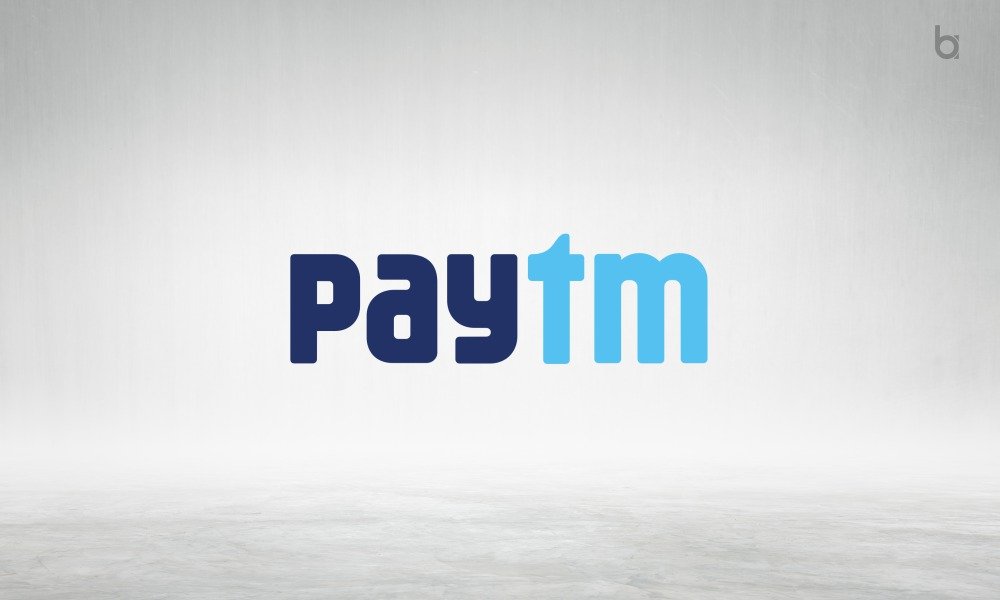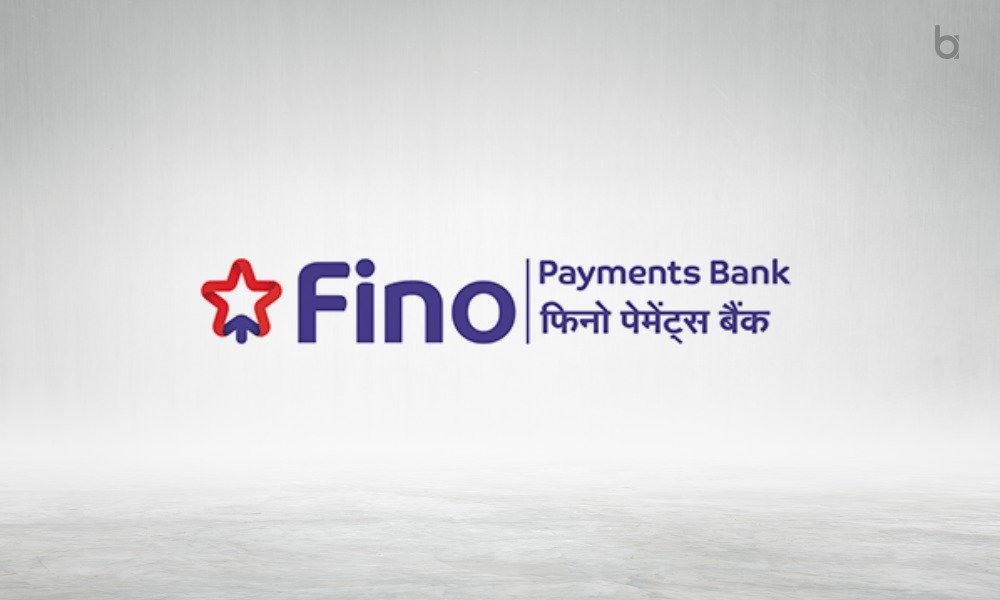Zomato’s latest IPO launch triggered numerous investors and traders to be occupied with the upcoming IPO launches. Wondering what makes Zomato’s IPO so special? With its new IPO launch, Zomato became the first online delivery company and the first Indian unicorn startup to get listed on the bourses. The ecstatic move redefined the notion of IPO amongst 21st century Indian investors and traders. It boosted several people’s inclination towards the share market. Currently, more than thousands of people are anticipating the launch of upcoming IPOs in India.
IPO is a very vast topic. Like every stock investment, an IPO can be a very smart move if one is aware of the tactics involved. To call upon a smart move, one needs to have general knowledge about the various domains and perimeter of the share market. In simple words, “An IPO listing has the potential to either make you or break you.” But it is not that difficult to comprehend the ins and outs of IPO. Moreover, as several investors, traders and even the general public is awaiting the upcoming IPO in 2021, it can be wise to understand the subject.
Before we hop onto the much-awaited upcoming IPO in India, let’s understand the basic definition and potentials of an IPO.
What is an IPO?
IPO or Initial Public Offering is the first sale of shares of a privately held company to the public. The process transforms a privately-held company into a public company. It also creates an opportunity for (smart and informed) investors to earn a (handsome) return on their investments. The companies going public raises funds through IPO for working capital, debt repayment, acquisitions, and a host of other uses.
Investors can apply for IPO Stocks in India by filling an online IPO application offered by the stockbrokers and banks. Brokers offer UPI-based online IPO applications and the banks offer both UPI as well as ASBA IPO applications.
Benefits and risks in IPO investments go hand-in-hand. Hence, it is important to be thorough about its basics before you decide to participate in the bandwagon.
Why do companies file an IPO?
The major plus point of filing an IPO is the transition from being privately held to a public-listed company. Several reasons include:
- Raising funds from numerous investors
- Facilitating mergers & acquisitions
- Gaining visibility
- Providing an exit for early investors
However, there are several disadvantages for companies as well.
• The listed company’s financial statements and accounts become open to the public and have to comply with market regulations;
• The company will have to bear more costs for accounting, marketing, and legal issues & services.
How to file an IPO in India?

IPO is a very comprehensive subject. But if you can understand ‘The Wolf of the Wall Street’, then understanding the effs and jabs of IPO can be an easy task.
Generally, companies offer IPO to raise money and get access to liquidity by offering their stocks or shares to the public. In India, certain IPO processes are stipulated by stock exchanges. Companies have to abide by these processes and check whether their shares are eligible to be publicly traded. This process is often complicated, but we have summarized it for you in layman’s language.
1. Hiring an Underwriter or Investment Bank
To start with the IPO listing, companies seek the help of financial experts who verify the vital financial parameters of the company and sign an underwriting agreement. The underwriters assure the company about the capital being raised and act as intermediaries between the company and its investors.
An underwriting agreement is composed of the following components:
- Details of the deal
- Amount to be raised
- Features of securities being issued
2. Registration
The next step is the preparation of a registration statement along with the draft prospectus. The prospectus is also known as Red Herring Prospectus (RHP) and has to be submitted mandatorily as per the Companies Act.
The key components of RHP are:
- Definitions – Contains the definitions of the industry-specific terms.
- Risk Factors – Discloses the possibilities that could impact a company’s finances.
- Use of Proceeds – Discloses how the money raised from investors will be used.
- Industry Description – Details the working of the company in the overall industry segment.
- Business Description – Detail the core business activities of the company.
- Management – Provides information about key management personnel.
- Financial Description – This section comprises financial statements along with the auditor’s report.
- Legal and Other Information – Details the litigation against the company along with miscellaneous information.
3. Verification by SEBI
SEBI is a market regulator that verifies the disclosure of facts by the company. In case the application is approved, the company announces a date for its IPO allotment.
4. Application to the Stock Exchange
Next, the company writes an application to the stock exchange for floating its initial issue.
5. Creating a Buzz by Roadshows
Before allotting its shares to the public, the company creates a buzz (or awareness) in and around the market through roadshows and campaigns. Over two weeks, the executives and staff of the company will advertise the impending IPO across the country.
6. Pricing of IPO
The company can now initiate pricing for IPO. It is done either through Fixed Price IPO or by Book Binding Offering. In the case of Fixed Price Offering, the price of the company’s stocks is announced in advance. In the event of Book Binding Offering, a price range of 20% is announced, following which investors can place their bids within the price bracket.
7. Allotment of Shares
After the IPO price is finalized, the company determines the number of shares to be allotted to each investor. The IPO stocks are usually allotted to the bidders within 10 working days of the last bidding date.
The top 12 Upcoming IPOs in 2021 that you should follow right now!
Now that we are thorough with the various IPO jargons and the IPO listing process, let us look at the upcoming IPOs in 2021.
The list of upcoming IPOs expected to launch is huge. There are about 6-10 public issues that could open for subscription in the ongoing month. Diagnostic chain operator Vijaya Diagnostic Centre and specialty chemical company Ami Organics plan to raise Rs 1,895 crore and Rs 570 crore respectively, through their IPOs.
However, the total fund-raising via IPOs is expected to be at least Rs 10,000 crore in September, compared to the Rs 18,200 crore in August.
Following are the expected upcoming IPOs:
1. Ola IPO

IPO Size- 15000 Cr
Issue Date- Oct-2021
2. Paytm IPO

IPO Size- 16600 Cr
Issue Date- Oct-2021
3. Ruchi Soya IPO

4. Vijaya Diagnostic IPO

5. Ami Organics IPO

6. Popular Vehicles & Services IPO

7. Nykaa IPO

8. Adani Wilmar IPO

9. SJS Enterprises IPO

10. Star Health Insurance IPO

11. Fino Payments Bank IPO

12. Gemini Edibles & Fats IPO

Predicting the IPO Bandwagon
Several investors and traders are eagerly anticipating the upcoming IPO allotments. However, before investing in an IPO, you should learn about the bandwidth of the trade market. The trade market is as vast as the Amazon. So before stepping into it, we suggest carrying a compass and studying about all the species of flora and fauna.
Moreover, the Zomato IPO allotment had created a huge wave of anticipation among the general public. As a result, several people investing and researching about the upcoming IPO allotments—most of which were not interested in the subject previously.
Also Read:- 10 Best Investment Options To Grow Your Money Faster














